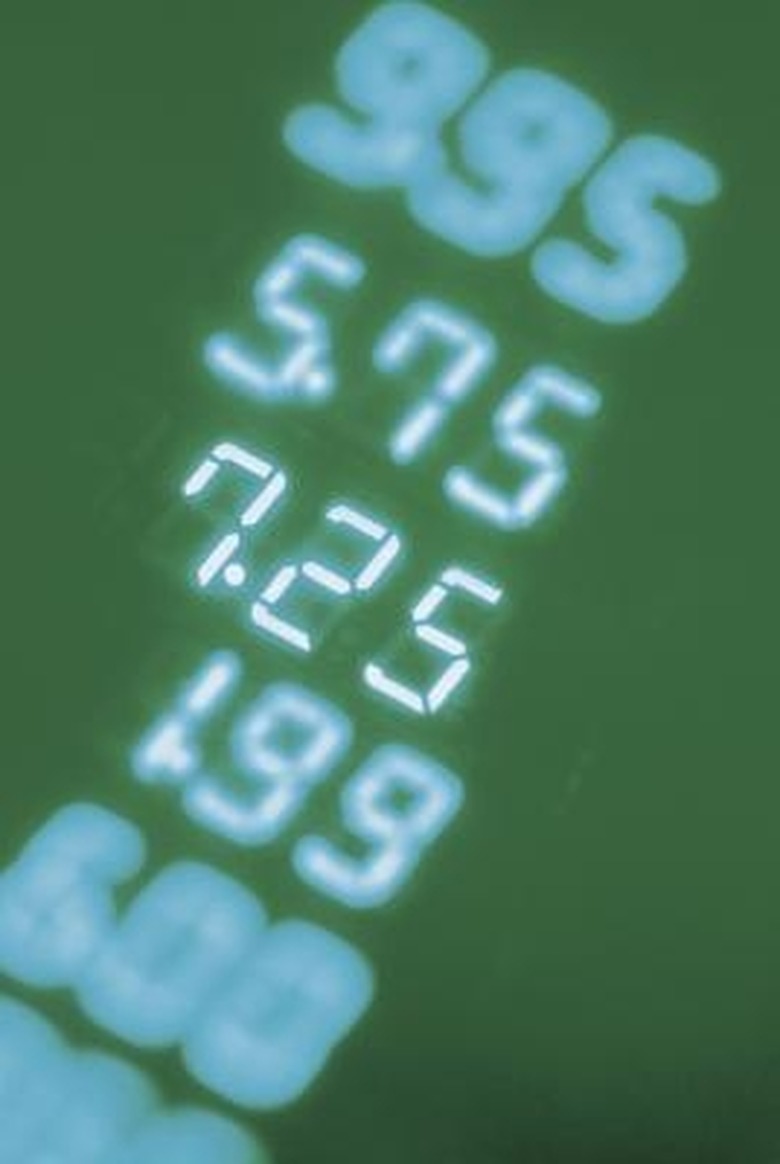How To Round To The Nearest Tens
Rounding to the nearest 10 is an important math skill. It's useful when you need a general idea of how many items or how much money you have but don't really need an exact number. Values are easier to work with when they're rounded to the nearest 10. If you can count by ones, fives and 10s, rounding is a snap.
Rules of Rounding
Rules of Rounding
The rules of rounding to the nearest 10 are simple. If the number is one, two, three, or four, round down. If the number is five to nine, round up.
If you need to round the number seven, seven is larger than five, so it rounds up to 10. If you need to round the number two, two is smaller than five, so it rounds down to zero.
Five always rounds up to 10.
Rounding Numbers in the 10s Place
Rounding Numbers in the 10s Place
Look at the digit in the ones or units place when you are rounding two-digit numbers to the nearest 10. If you are rounding the number 23, think about where 23 falls on a number line — between 20 and 25. Because 23 is smaller than 25, it rounds down to 20.
If you are rounding the number 47, it falls between 45 and 50. Because 47 is greater than 45, it rounds up to 50. The number 55 falls between 50 and 60. The number in the units place is a five. Five always rounds up to 10, so 55 rounds up to 60.
Cite This Article
MLA
Elsworth, Stephany. "How To Round To The Nearest Tens" sciencing.com, https://www.sciencing.com/round-nearest-tens-5758147/. 24 April 2017.
APA
Elsworth, Stephany. (2017, April 24). How To Round To The Nearest Tens. sciencing.com. Retrieved from https://www.sciencing.com/round-nearest-tens-5758147/
Chicago
Elsworth, Stephany. How To Round To The Nearest Tens last modified August 30, 2022. https://www.sciencing.com/round-nearest-tens-5758147/
